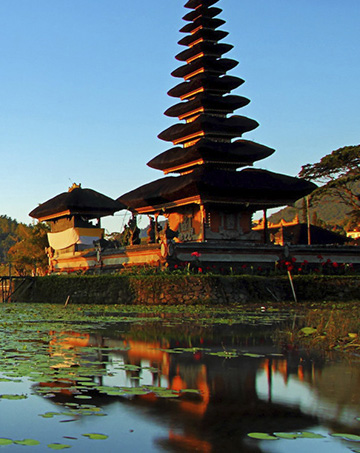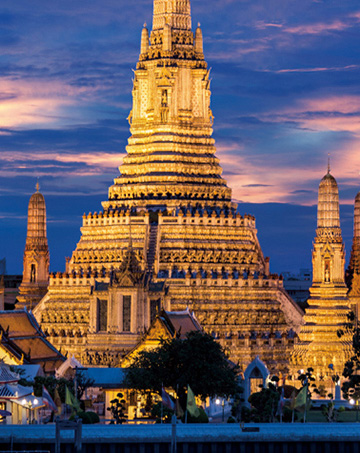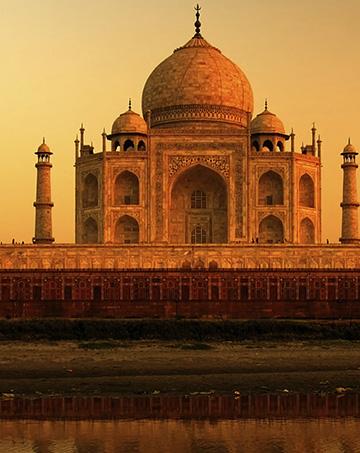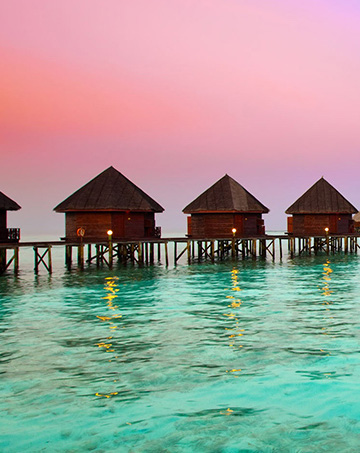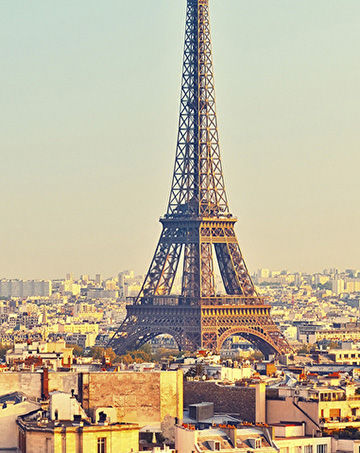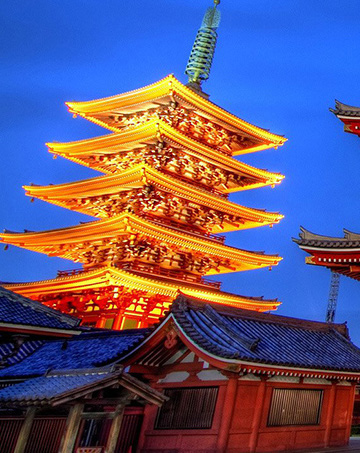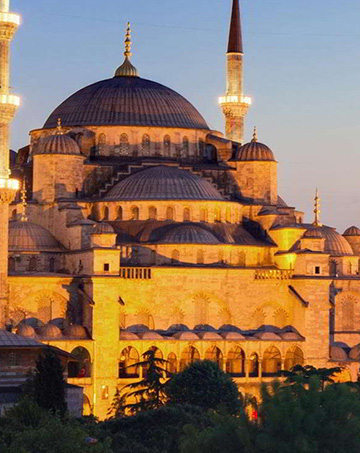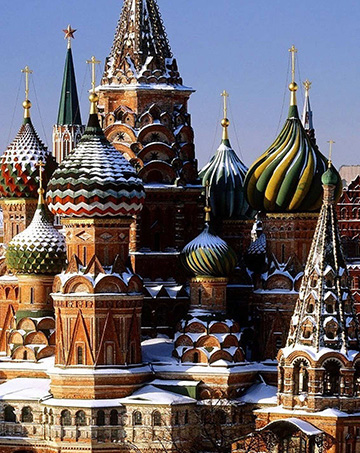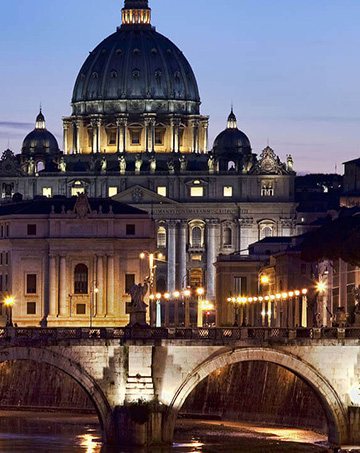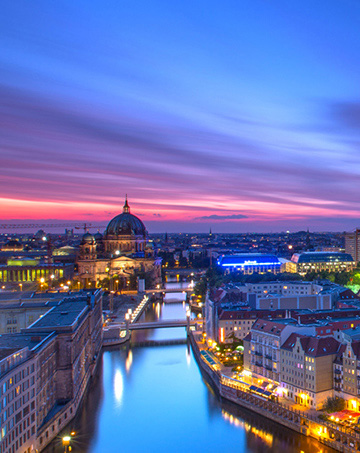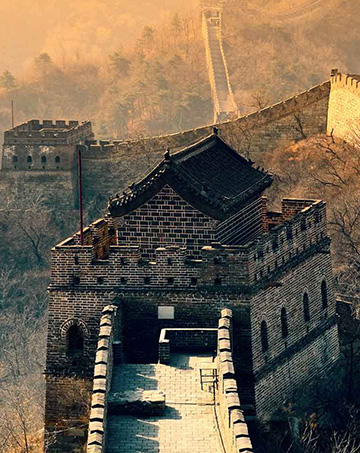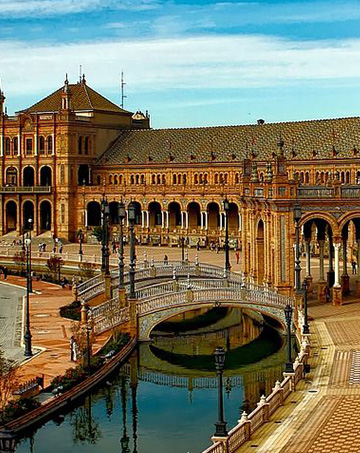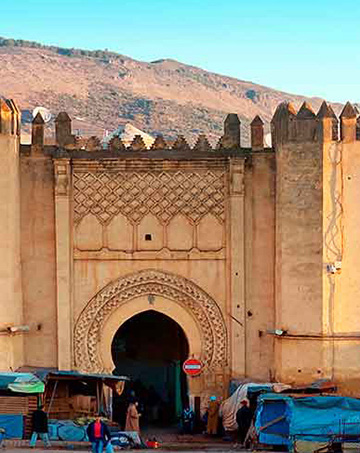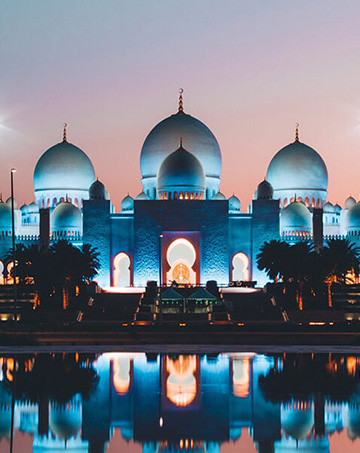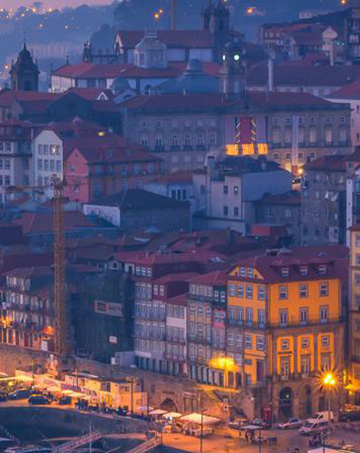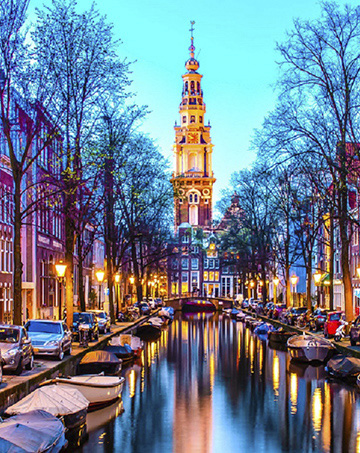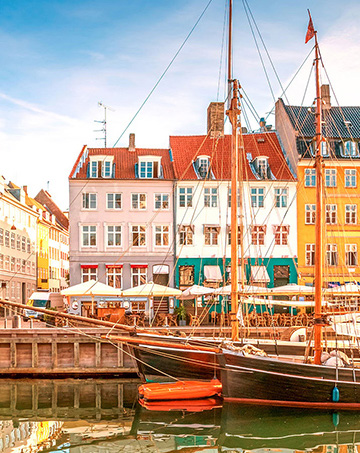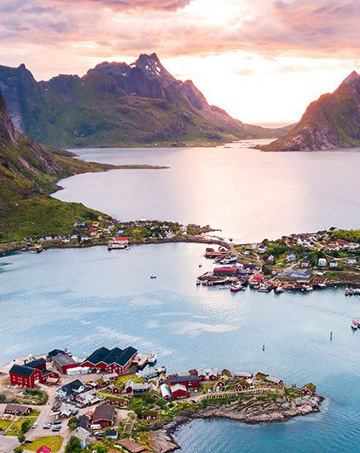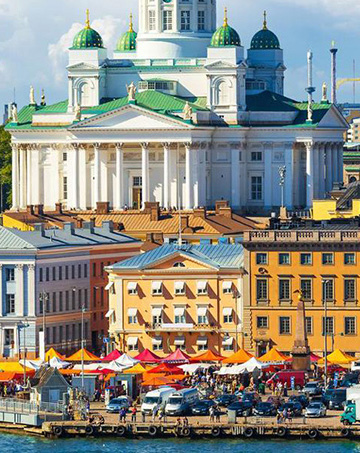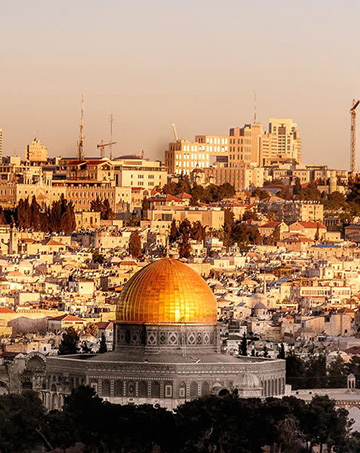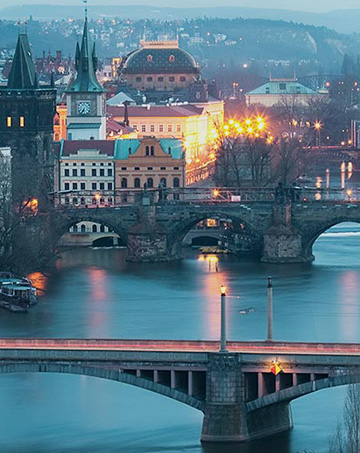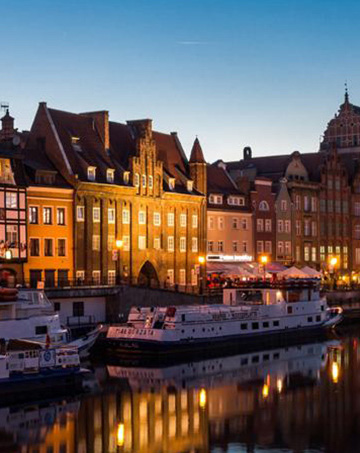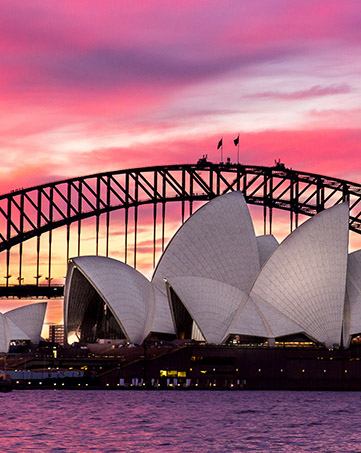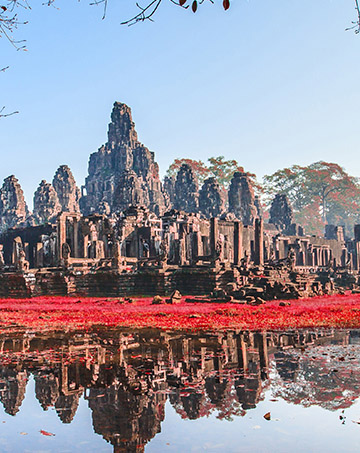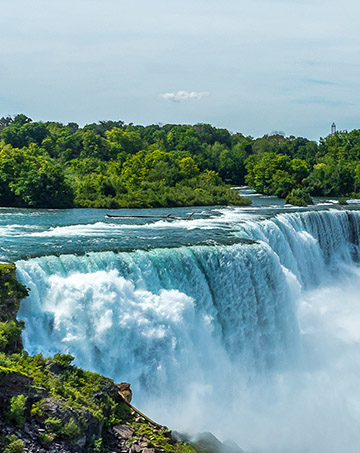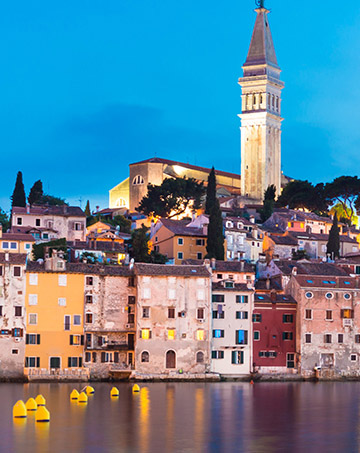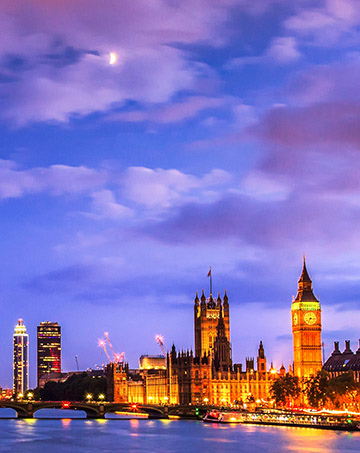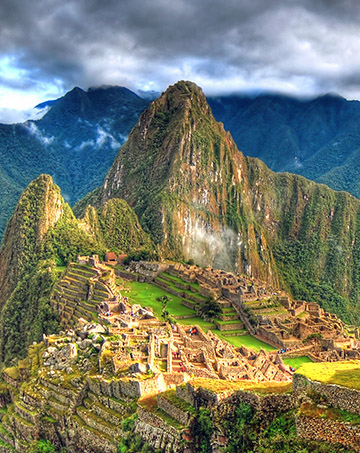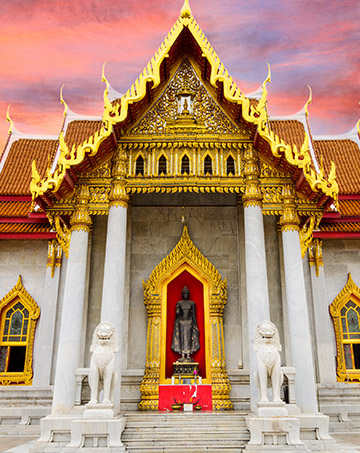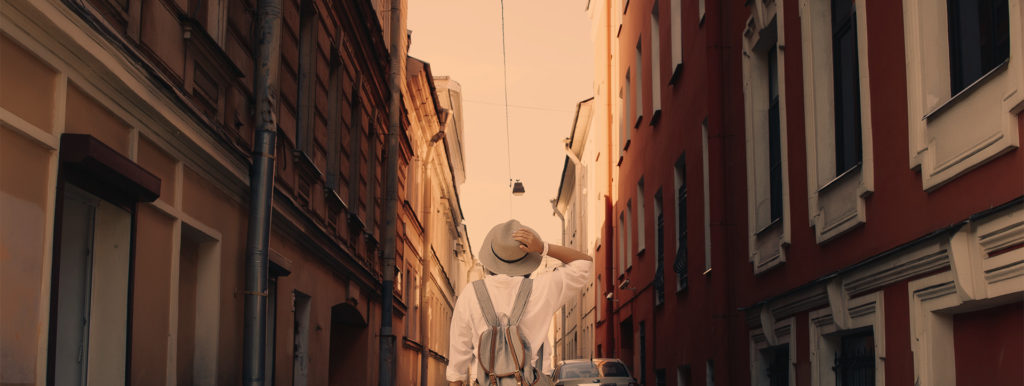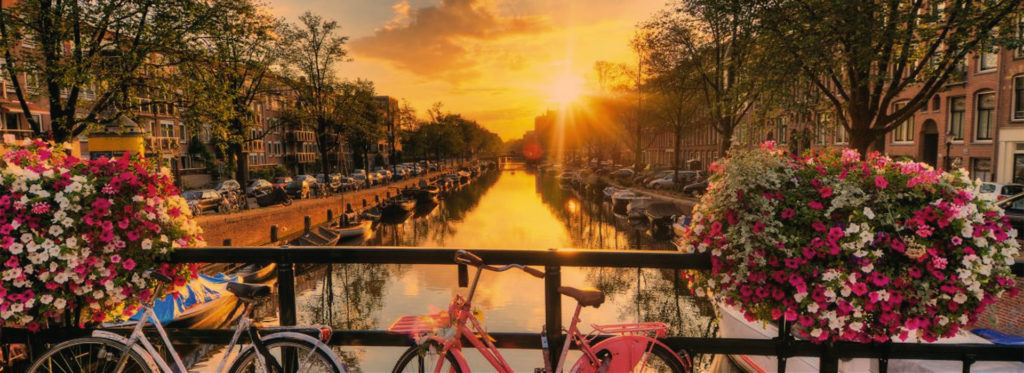In an era where environmental concern must be a priority, China combines their high-tech with sustainable architectonic projects never imagined.
High Tech architecture, that took its name from the book “The Industrial Style and Source Book For the Home”, is a new aesthetics style that brings the best in technology and applies it to building and implementation of buildings.
Besides, the concept has evolved, coming from it the Eco Tech architecture, in which technological resources are applied to fully benefit nature and the environment.
So, nowadays, China has chosen the development of big scale projects in which, besides demonstrating why they are leaders in technology around the world, they have started to think about the future by building this macro-sustainable-structures. With these, the most important cities in the world started building the first macro-construction that follows a trend in wich Eco Tech architecture appears like fiction.
The erection of the HSBC Tower by the revolutionary architect Norman Foster, was the beginning of this trend that revolves around ecologic commitment. This way, with this set of mind and the high-tech development level, China is seat of smart, efficient and more economic designs.
Even though China’s biggest cities are High Tech architecture venues, there are 8 examples of this that without a doubt have surprised the world.
The first one is the Lotus Building, because of its spectacularity, it has become a symbol for Wujin. It was designed and developed by the architects office Studio 505 to minimize the use of electricity, the same the building produces. This is only possible because of the technology located underwater of a majestic lake that surrounds the building and gives a natural airing.
Moreover we have the Flavours Orchard, a complex of 45 villas encircled by an impressive orchard. This building links 2 of the most important lakes of Kunning and depicts an innovative connection between nature and urbanity.
On the other hand, we have the monumental public buildings in which among all, outstands the National Centre for the Performing Arts. Besides of being the most important cultural center in the metropoli, this futuristic and magnificent structure has become one of the maximum sample of High Tech architecture until today.
This building was designed by the french architect Paul Andreu and part of its charm is the contrast it creates while you are in one of the most traditional districts in China. Its titanium based-oval shape makes it the perfect venue for shows, concerts and operas.
One of the most famous architectonic Eco Tech workmanships in China is without a doubt “The Bird’s Nest”, an immense and magnificent stadium built up to be the venue for Olympics in 2008. It was designed by the swiss’ Jacques Herzog and Pierre de Meuron, who named it that way because its structure is made up of tangled kilometers of steel strips simulating a bird’s nest.
This building takes advantage of the natural light, maximizing energy saving to illuminate it, while each of its layers protect and improve acoustics. This project had a budget of more than 500 million dollars and was a total aesthetics challenge in the beginning of this architectonic movement.
Further in tourism sector, the Jin Mao Tower, which is a part of Pudong skyline, is a 128 story skyscraper, builded to evoke traditional Chinese culture. Its design is based on the most advanced structural engineering, developed to overcome almost any catastrophe and to save energy.
Most part of the structure is occupied by the exclusive Park Hyatt Shanghai Hotel, while the rest is filled with luxury shops, restaurants and cafes. The Jin Mao Tower along with other skyscrapers in the area, represent the best of the new Shanghai.
With these majestic examples, China is becoming part of a new phase, not only in architecture but into a general vision to the future and new needs. This commitment with innovation on ecological functionality make these already advanced cities, examples of the evolution in the world.
